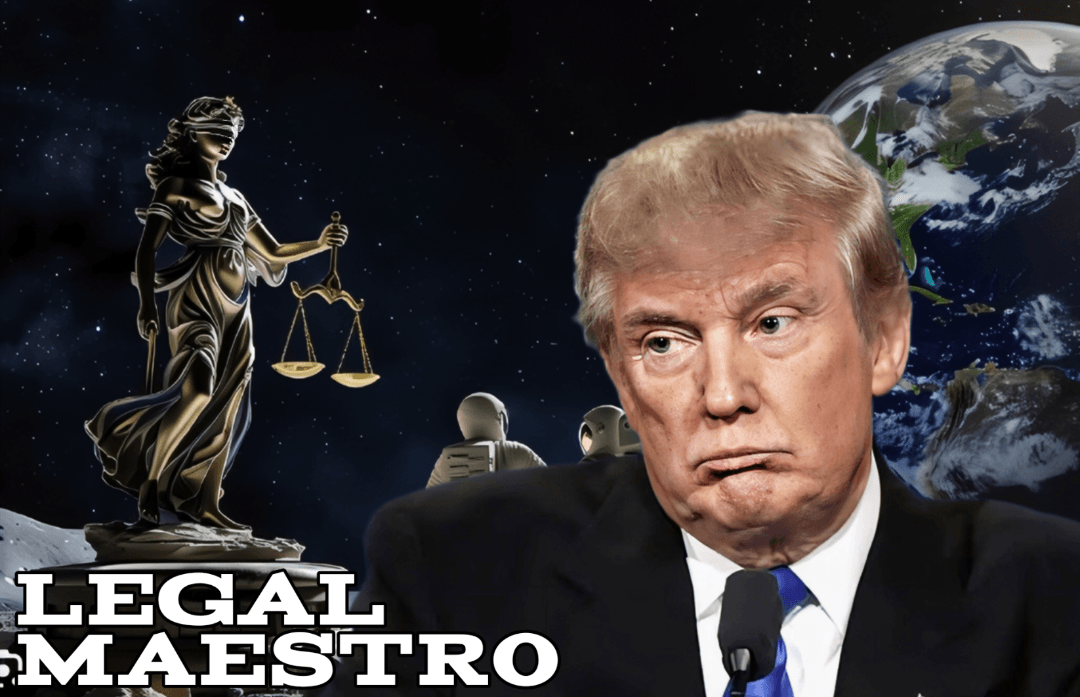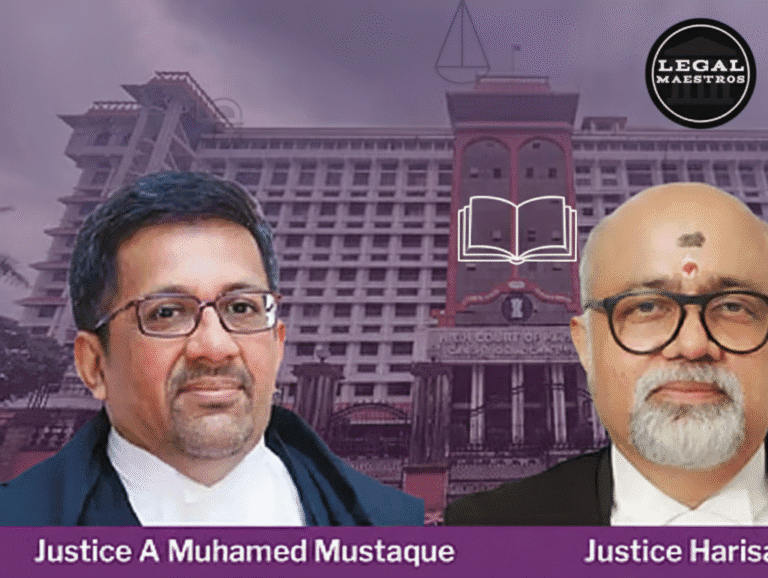
The history of the Golden Dome Architecture Project
Golden Dome Project is a comprehensive missile defense shield that was created to protect the United States of America against long-range, cruise, and hypersonic missile threats. The designs for the Golden Dome Project were revealed by President Trump at the beginning of the year 2025.
Multiple layers of defense are envisioned for the system, including ground-based radar and missile batteries, airborne sensors, and, most controversially, space-based interceptors. Trump’s objective is to have a fully functional system by the time his tenure comes to an end in January 2029, and the first cost of the system is estimated to be approximately $175 billion.
Taking into consideration the fact that the project is dependent on developing space capabilities, General Michael Guetlein of the United States Space Force was nominated to oversee the development of the project. The Golden Dome is an ambitious step toward integrating space into the architecture of national security. It does this by pulling inspiration from previous programs, such as the Strategic security Initiative and Israel’s Iron Dome.
For any queries or to publish an article or post or advertisement on our platform, do call at +91 6377460764 or email us at contact@legalmaestros.com.
The Treaty on Outer Space and the Existing Legal Framework
The Outer Space Treaty, which was signed in 1967 and also includes the United States as a party, is considered to be the foundation of international space law.
The ban of installing nuclear weapons or other weapons of mass destruction in orbit or on celestial bodies is one of the main principles that are outlined in this convention, which has been established to govern operations that take place in outer space.
In addition to this, it stipulates that the exploration and utilization of outer space must be carried out for the benefit of all nations, and that space must be kept free for the purposes of peaceful conflict resolution. In spite of the fact that the treaty does not prohibit the use of conventional weapons in space, it mandates that any military activity must avoid causing damaging contamination and interference with other member states.
For any queries or to publish an article or post or advertisement on our platform, do call at +91 6377460764 or email us at contact@legalmaestros.com.
In addition to the Outer Space Treaty, the Liability Convention and the Registration Convention put responsibilities on governments to register objects that are launched into space and to bear liability for harm caused by those objects. These obligations are in addition to the registration convention. For the purpose of conducting a legal evaluation of any space-based defense system, compliance with these instruments is of pivotal importance.
For More Updates & Regular Notes Join Our Whats App Group (https://chat.whatsapp.com/DkucckgAEJbCtXwXr2yIt0) and Telegram Group ( https://t.me/legalmaestroeducators )
Space: The Conflict Between Militarization and Weaponization
The military has been using space for a very long time for a variety of objectives, including communications and reconnaissance satellites. The term “militarization” refers to the utilization of space assets for support purposes, while the term “weaponization” refers to the placement of weapons in orbit or the deployment of them from space.
For any queries or to publish an article or post or advertisement on our platform, do call at +91 6377460764 or email us at contact@legalmaestros.com.
Legal literature makes a distinction between the two terms. The process of militarization is permitted under the existing treaties; but, the act of weaponization runs the risk of violating the spirit of the ideal of peaceful use that is outlined in the Outer Space Treaty. It is possible that space-based interceptors that are capable of engaging targets beyond the atmosphere of Earth could be considered weapons in orbit.
The deployment of these interceptors transforms space from a supportive realm into an active battlefield, despite the fact that they are conventional rather than nuclear. Because of this shift, doubts have been raised regarding whether or not the space components of the Golden Dome would effectively weaponize outer space, even if they remained inside the literal confines of the treaties that are currently in place.
Adherence to the Space Law That Is Already Active
The topic of whether or not the Golden Dome Project violates particular treaty terms is an important one from a legal standpoint. The placement of weapons of mass destruction in orbit is prohibited under Article IV of the Outer Space Treaty; nevertheless, the treaty does not expressly prohibit the use of conventional weapons.
For any queries or to publish an article or post or advertisement on our platform, do call at +91 6377460764 or email us at contact@legalmaestros.com.
Due to the lack of clarity around non-nuclear weapons, it is possible that the conventional interceptors installed in the Golden Dome could be considered legitimate. Additionally, the treaty stipulates that all actions in space must be conducted in a “peaceful” and non-aggressive manner. The deployment of interceptors that are capable of destroying missiles in space, according to some who are opposed to the pact, may be interpreted as an aggressive move, which would go against the treaty’s overarching purpose. In addition, the United States is required by the Registration Convention to give comprehensive information regarding any launch into space.
The fact that the Golden Dome relies on deployments of interceptors that are either classified or stealthy may be in conflict with requirements to maintain transparency. It is also extremely important to make sure that responsibility regulations are followed, because the state that launched the spacecraft might be held liable for any orbital debris that resulted from interceptor testing or unintentional collisions.
Implications for Agreements Regarding the Control of Arms
There are broader frameworks for arms control that connect with the Golden Dome program. These frameworks include the New START treaty, the Anti-Ballistic Missile Treaty (from which the United States withdrew in 2002), and current discussions about averting an arms race in outer space. Despite the fact that the United States is no longer obligated by the Anti-Ballistic Missile Treaty, the deal had restricted the number of national missile defense systems in order to maintain strategic equilibrium.
For any queries or to publish an article or post or advertisement on our platform, do call at +91 6377460764 or email us at contact@legalmaestros.com.
There is a possibility that the expansive scope of the Golden Dome will revive disputes regarding the limitation of missile defense development. There is a possibility that Russia and China would view its space-based interceptors as disruptive, which could lead them to develop countermeasures such as offensive space weapons or anti-satellite capabilities.
This kind of dynamic has the potential to undermine the strategic arms reduction initiatives that are already in place, as governments would feel forced to strengthen their offensive arsenals in order to compensate for the perceived advantage they have in defense. Because of this, the initiative has the potential to make future negotiations on arms control more difficult, making it more difficult to establish a consensus on appropriate limitations for both offensive and defensive space systems.
Implications for the Safety and Stability of the World
When it comes to matters of security, the Golden Dome Project has substantial ramifications that go beyond legal compliance. If the United States were to extend its missile defense into space, it would have a capability that has never been seen before to intercept threats on a global scale. This would have the potential to discourage adversaries, but it would equally unnerve allies and competitors.
For any queries or to publish an article or post or advertisement on our platform, do call at +91 6377460764 or email us at contact@legalmaestros.com.
There is a possibility that nations that do not have access to comparable technology will consider the system as an obstacle to strategic deterrence, which would undermine the concept of mutually assured destruction, which has been the foundation of nuclear stability for many decades. This move has the potential to set off a new arms race, not only in the field of missile technology but also in the field of counter-space systems, some examples of which are electronic warfare measures and anti-satellite weapons.
Furthermore, the financial load of the project, which is anticipated to be up to half a trillion dollars over the course of twenty years, has the potential to push defense budgets to their limits and divert resources away from other security objectives. As a diplomatic strategy, the United States may exert pressure on its allies to provide financial or technical assistance, which could have an impact on the formation of alliances and burden-sharing arrangements.
With its creative military planning and the ever-evolving framework of space law, the Golden Dome Project is a project that sits at the confluence of these two fields. Although the employment of conventional weapons in orbit is not expressly prohibited by any of the current treaties, the need of peaceful usage and the duties to maintain openness present substantial obstacles from a political and legal standpoint.
For any queries or to publish an article or post or advertisement on our platform, do call at +91 6377460764 or email us at contact@legalmaestros.com.
It is possible that the deployment of space-based interceptors may be interpreted as a step toward the weaponization of outer space, which could potentially lead to an arms race that is destabilizing. In addition, the large scale and cost of the project have the potential to change international security agreements as well as defense expenditures. To ensure that such ambitious defense projects contribute to the enhancement of international stability rather than the destabilization of it, it may be required to conduct careful legal study, engage in diplomatic engagement, and possibly even create new treaties.





